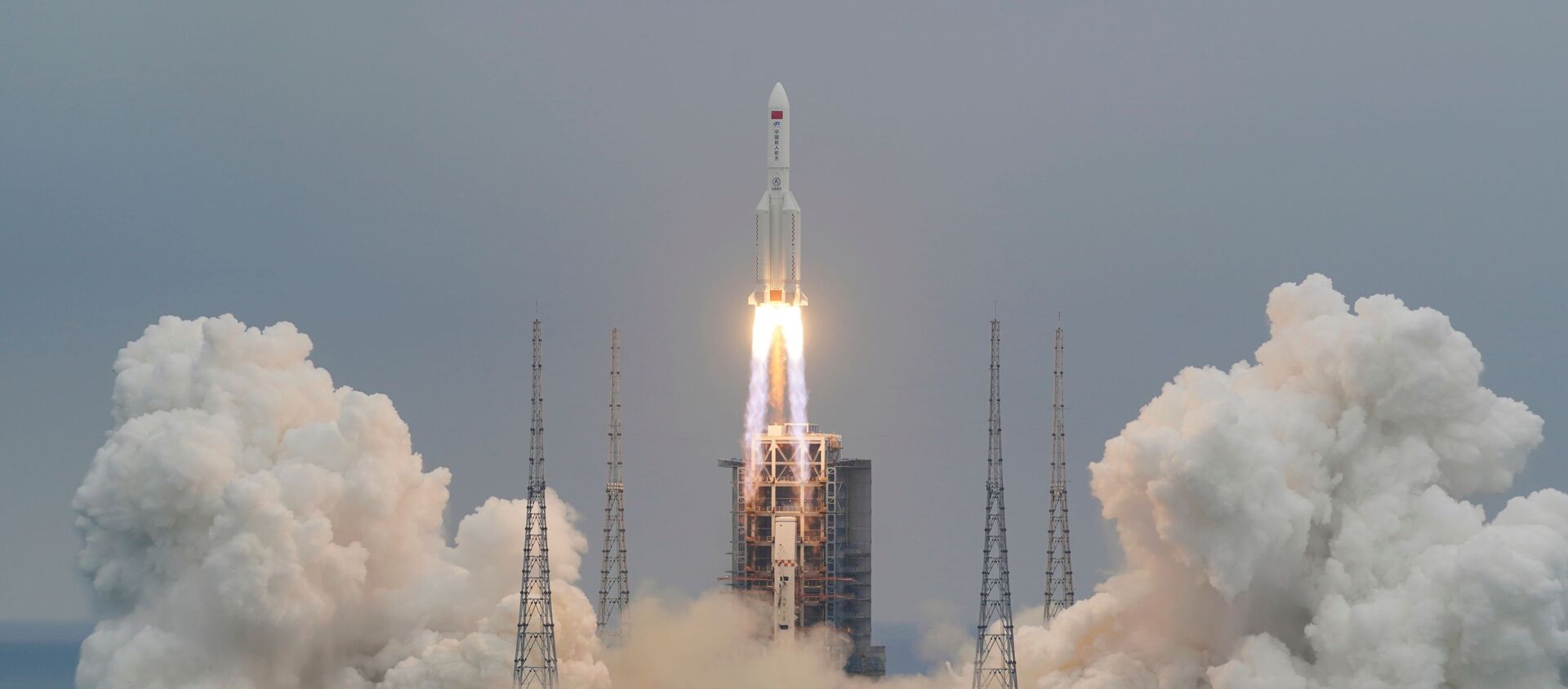NASA Administrator Bill Nelson has criticised Beijing after debris from China’s biggest rocket landed in the Indian Ocean on Sunday.
"Spacefaring nations must minimise the risks to people and property on Earth of re-entries of space objects and maximise transparency regarding those operations," Bill Nelson, a former senator and astronaut who was picked for the role of US space agency Administrator in March.
China launched the Long March 5B carrier rocket with the main module (Tianhe, or "Harmony of the Heavens") for Beijing's future orbital station at the end of April.
The spent CZ-5B rocket stage drew speculation over where the debris would hit as well as criticism over lack of transparency. The China Manned Space Engineering Office said that most of the debris was burnt up in the atmosphere and later Chinese media reported parts of the rocket re-entering the atmosphere at 10:24 am Beijing time (02:24 GMT) and landing at a location with the coordinates of longitude 72.47 degrees east and latitude 2.65 degrees north.
The US Space command confirmed the re-entry but added that the exact location of the impact and the span of debris were unknown.
"It is clear that China is failing to meet responsible standards regarding their space debris," NASA Administrator said.
A spokesperson for the Chinese Foreign Ministry, Wang Wenbin, said that there was very little risk of any significantly large objects hitting the ground.





